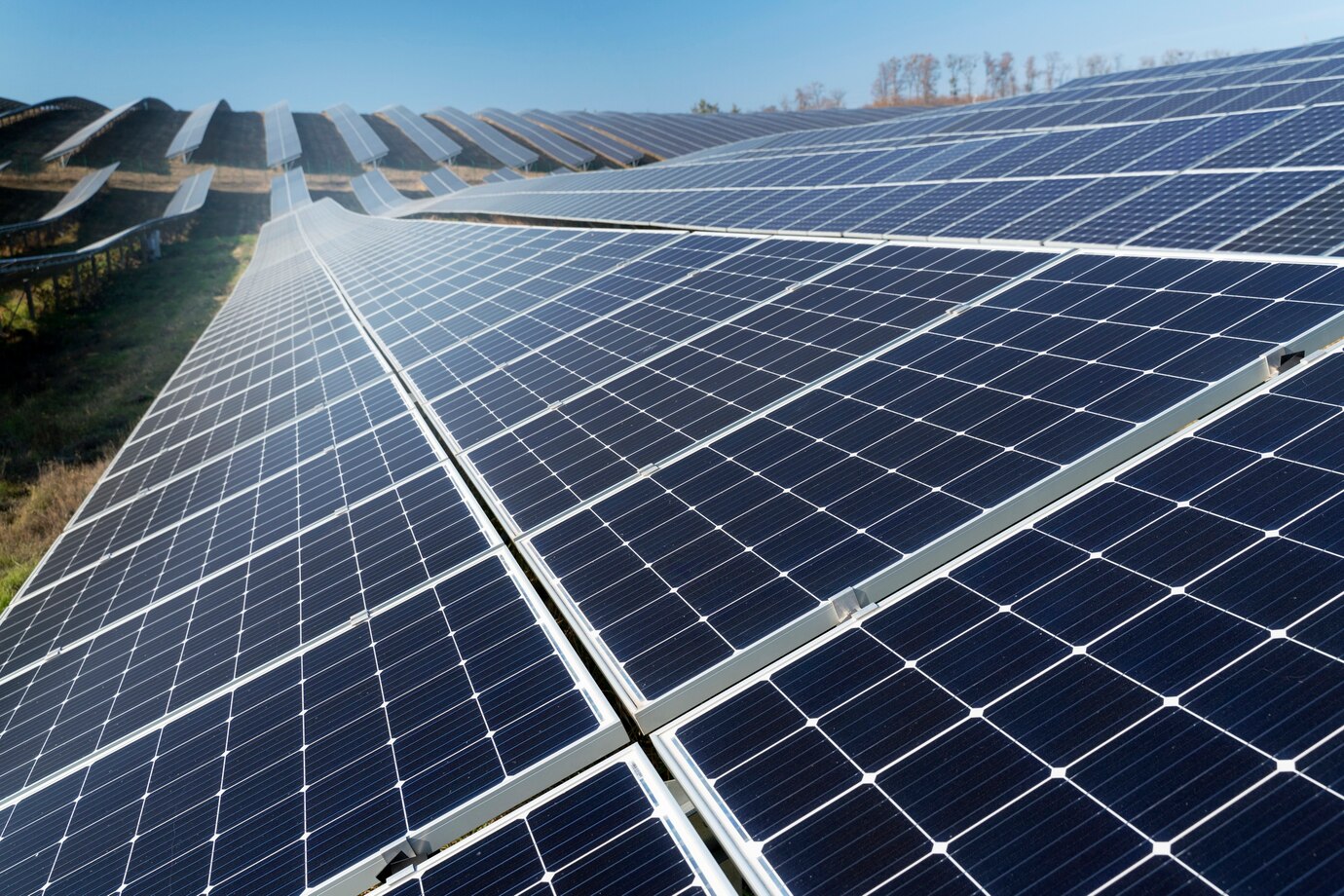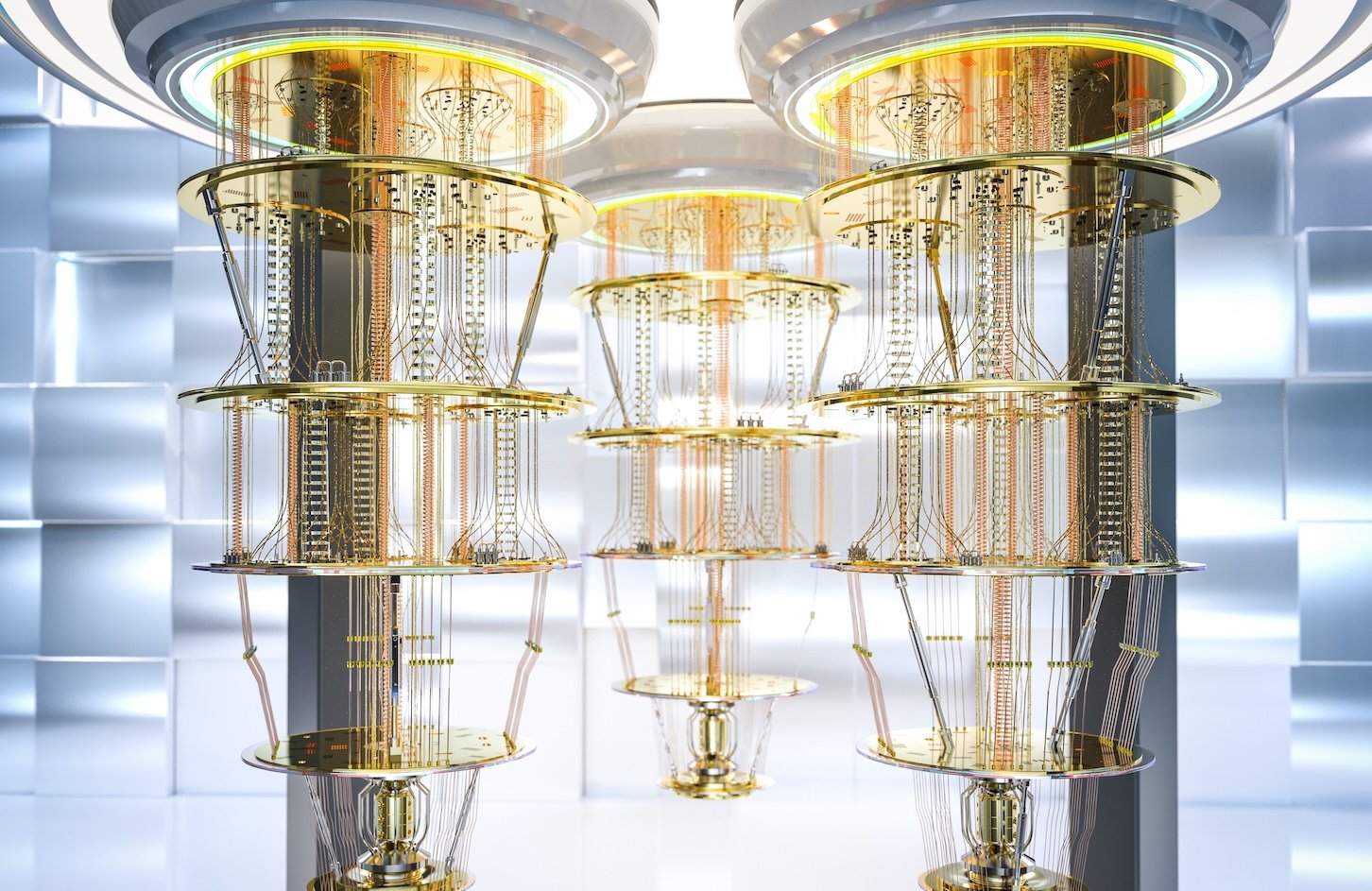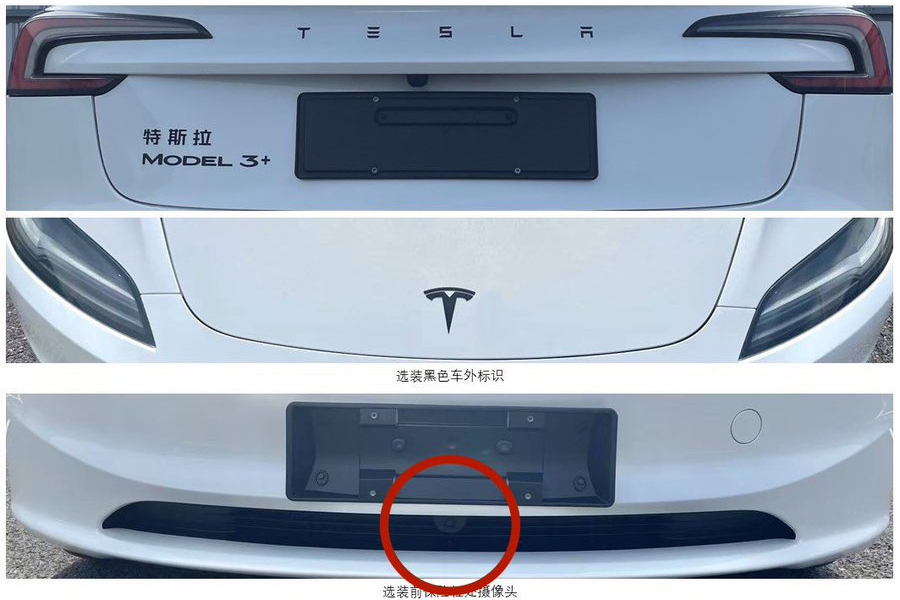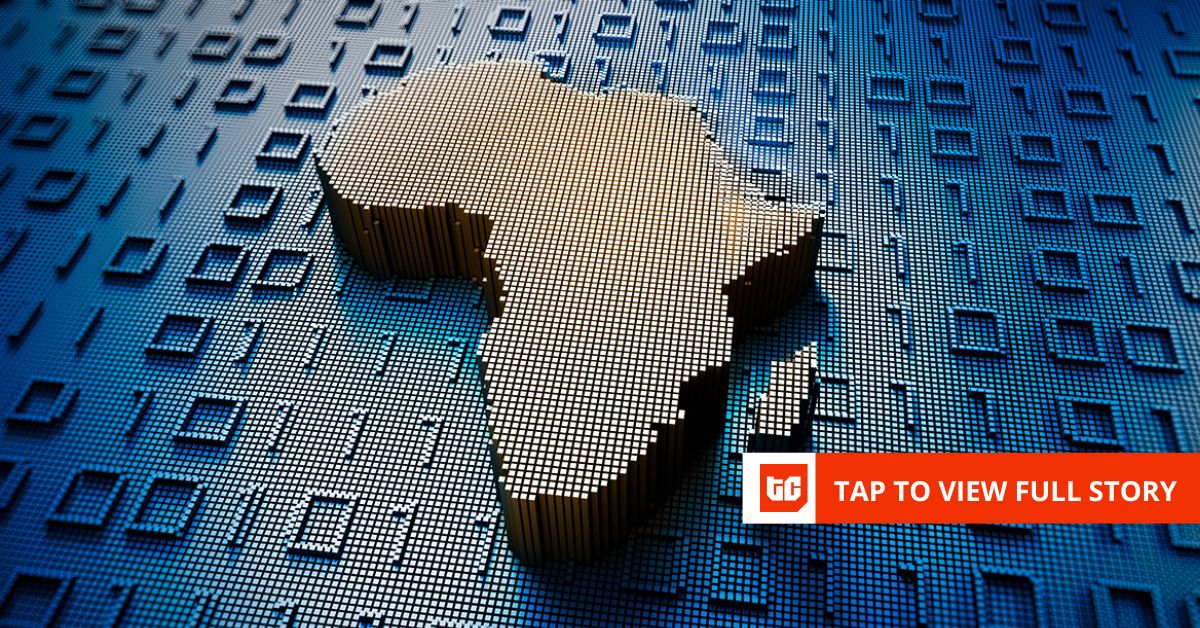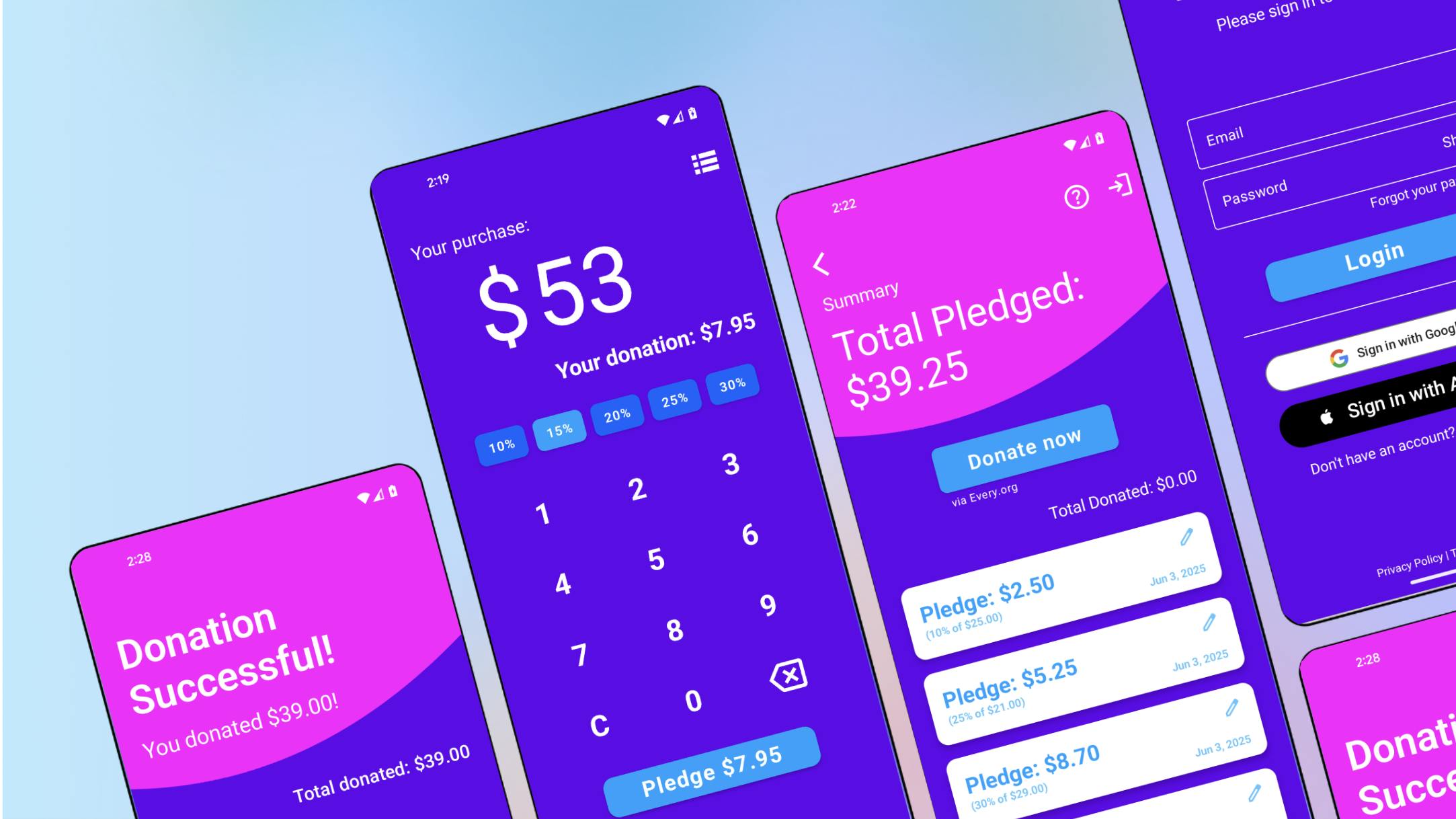In 2024, Nigeria’s national grid collapsed 12 times, thrice in October alone. Across the country, the resulting blackouts plunged homes and businesses into prolonged blackouts, crippling critical health services among others. So far in 2025, the grid, which supplies power to nearly 200 million residents, has experienced two disturbances but no outright collapse.
The Transmission Commission of Nigeria (TCN) often blames ageing infrastructure, vandalism, and gas shortages for these collapses. And Nigerians, weary of government inefficiencies and service abruptions, are paying for alternative power supply systems, with many turning to renewable energy sources.
In Abeokuta, Ogun State, the Olowu of Owu Kingdom, Oba Professor Saka Adelola Matemilola, is engineering a solar-powered palace with the intention of feeding surplus energy to his community. He has paired this ambition with a 3D-printed cowry token system designed to close leaks in public welfare.
Financial and environmentally sustainable
The Olowu’s palace is fully solar-powered. This is the first thing you notice when you walk through the sprawling estate comprising 18 offices, a residential quarters for the royal family, and four staff quarters. Each space runs on solar energy, part of a carefully designed 120kVA system.
“There are a number of reasons why we decided to go green here in the whole palace,” the Olowu explains. “The first part is that I am a conservationist. I love greenness. We know that polluting the environment is destroying the earth, and we thought it is a lot better for us rather than burning fossil fuel on a regular basis.”
The economics made the environmental case even stronger, the Olowu said.The initial capital outlay is high, but in the long run, it pays for itself . “The whole idea is that with the excess power that we are going to generate eventually, we will even give power to the community.”
The palace, when fully occupied and functional, consumes about 40kVA, according to Dr. Akintoye Akindele, an Owu indigene. But rarely are all conference rooms, offices, and halls fully in use. That leaves average consumption to about 25-30kVA. “The excess capacity left is used to charge batteries overnight, so we can also power key infrastructure,” Dr. Akindele explains. “Right now, we are doing a lot of IT upgrades, database, and culture documentation. Part of the vision of the king is to ensure that this excess power means our streets can be lit at night.”
A more consistent power supply, Dr. Akindele explains, drives social commerce and quality of life and leads to reduced crime rates.
The first phase—50kVA that powers the palace—is already operational. Phase two, the full 120kVA system, will be completed by October. Then comes the real test: distributing power beyond the palace walls to street lights, health centres, and public boreholes across the kingdom.
“We intend to put street lights, we intend to run cable right through and extend it to public spaces,” the Olowu says. “For example, the health centre down the road, and we have about five public boreholes along the area. Once we run the power to those locations, it becomes easier for them to power their borehole and have water on a more regular basis.”
The cowry innovation
The power infrastructure is just the beginning. In Dr. Akindele’s palm is a small, 3D-printed cowry shell with a personalised serial number etched into its surface. It looks ancient and symbolic, but is designed to solve a thoroughly modern problem.
The king runs a meal-a-day program for over 5,000 school children in the community, but devising a means to monitor the program has been pending, according to Dr. Akindele. “How do you monitor that in a way where the money you give them [school children] is spent on what it is supposed to be spent on?” he says. “Because really, if you can’t eat, you can’t think, you can’t imagine, you can’t dream, you can’t build.”
Traditional cash transfers for school feeding programs suffer from leakage and money meant for children’s meals disappear before it reaches their plates. The Olowu’s solution combines cultural heritage with cutting-edge technology, but first, it helps to understand what he is reviving.
Cowry shells have held cultural, economic, and ornamental significance in various cultures. In Yorubaland, cowries represented the goddess Yemoja’s blessings and were used in everything from bride prices to divination rituals. Their durability, uniform size, and difficulty to counterfeit made them ideal money long before European coins arrived in the early 1900s. Even today, cowries appear in traditional ceremonies and artwork as symbols of wealth and cultural identity.
The Olowu’s innovation is not creating new money; it is digitising old money. “Every cowry we have is numbered to a child,” Dr. Akindele explains.
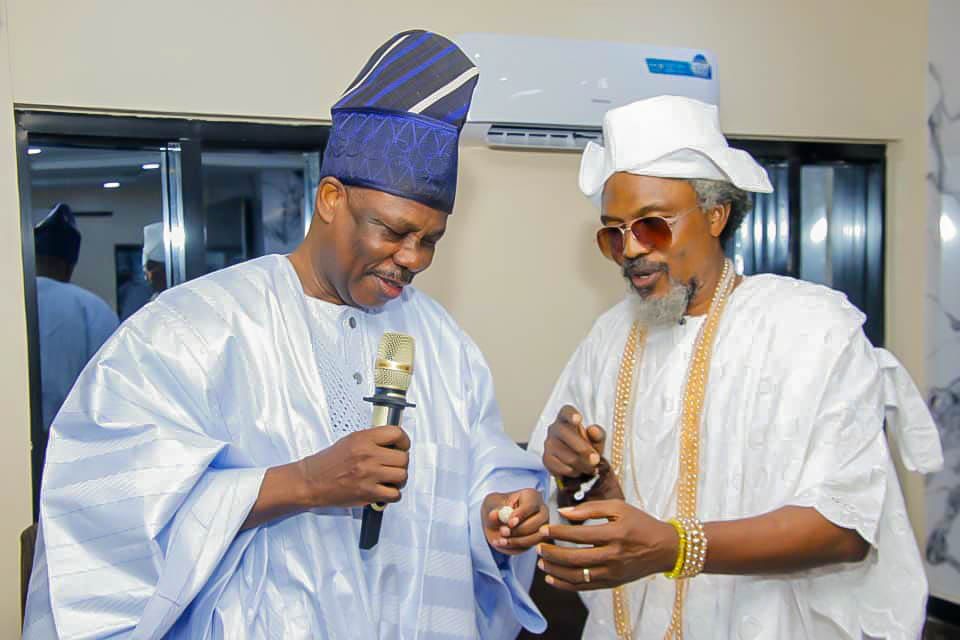
Image Source:
The system, when it launches in September, will work like a sophisticated gift card network. School children can take their personalised cowries to approved vendors, who log into a cloud-based system to verify the token’s value and authenticity, and hand the bearer a meal which will add up to five meals per week “Once you take that cowry there, they log in the serial code, it shows what the value of the cowry is,” Dr. Akindele explains. “The data centre is going to be here so that every cowry issued out is realised as a value that belongs to one person.”
The cowry system launches when schools resume in September, but the Olowu’s vision extends far beyond school meals. By December, he plans to expand the token ecosystem to local retailers within Abeokuta, creating what Dr. Akindele calls a “gift card ecosystem” where cowries function as local currency at participating vendors.
“Vendors will sign on as vendors that accept gift cards,” he explains. “Once you take your cowry there, they log in the code, it shows the value. So there will be a pin, there will be a serialised code. The vendors get signed off on our cloud-based architecture.”
The cultural dimension of the cowry is not accidental. According to Dr. Akindele, it is a way of educating children about their culture. For the Olowu, both innovations represent something larger than their components. “We want it to be an example, not only to other palaces, but to other traditional institutions as well, that we have to reduce our carbon footprint,” he says. “It is very important for us, and it makes economic sense in the long run.”
Dr. Akindele frames it as institutional leadership in an era of institutional failure. “We are supporting the healing of the earth, we are reducing the burden on government, taking pressure off the grid, and we are empowering.”
What is happening in Owu Kingdom is bigger than just renewable energy or innovative welfare delivery. It is a new model of governance that builds infrastructure first, designs transparency from the start, and scales through community ownership.
Mark your calendars! Moonshot by is back in Lagos on October 15–16! Join Africa’s top founders, creatives & tech leaders for 2 days of keynotes, mixers & future-forward ideas. Early bird tickets now 20% off—don’t snooze! moonshot..com


